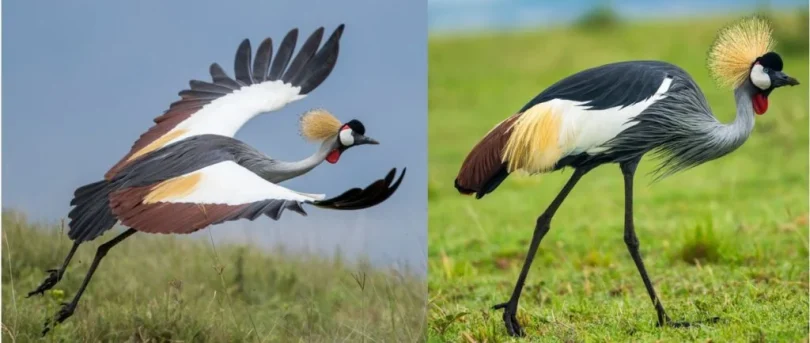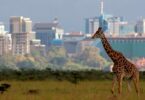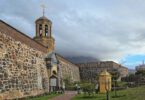Is bird watching Nairobi as thrilling as the wildlife sighting at the Nairobi National Park is? The Kenyan capital which is the only city with a national park, is a one-stop destination for visitors on a business meeting, trip, vacation and even a safari. It hosts some rewarding and breathtaking safari destinations, including the Nairobi National Park which boasts an exceptional population of birds.
Here is a list we have collected from fellow travel enthusiasts and avid birders about the best bird-watching destinations in Kenya’s capital of Nairobi. With correct strategy and a good ornithologist, you will able to see more than 150 bird species in a single day.
Table of Contents
Bird Watching Nairobi Spots
1. Nairobi National Park
Covering an area of 117 kilometres comprised of forested gullies and wheaten savanna, Nairobi National Park is a wonderful habitat to both wildlife and birdlife. It is a fulfilling birth watching Nairobi spot with more than 532 bird species including resident species and migratory species.
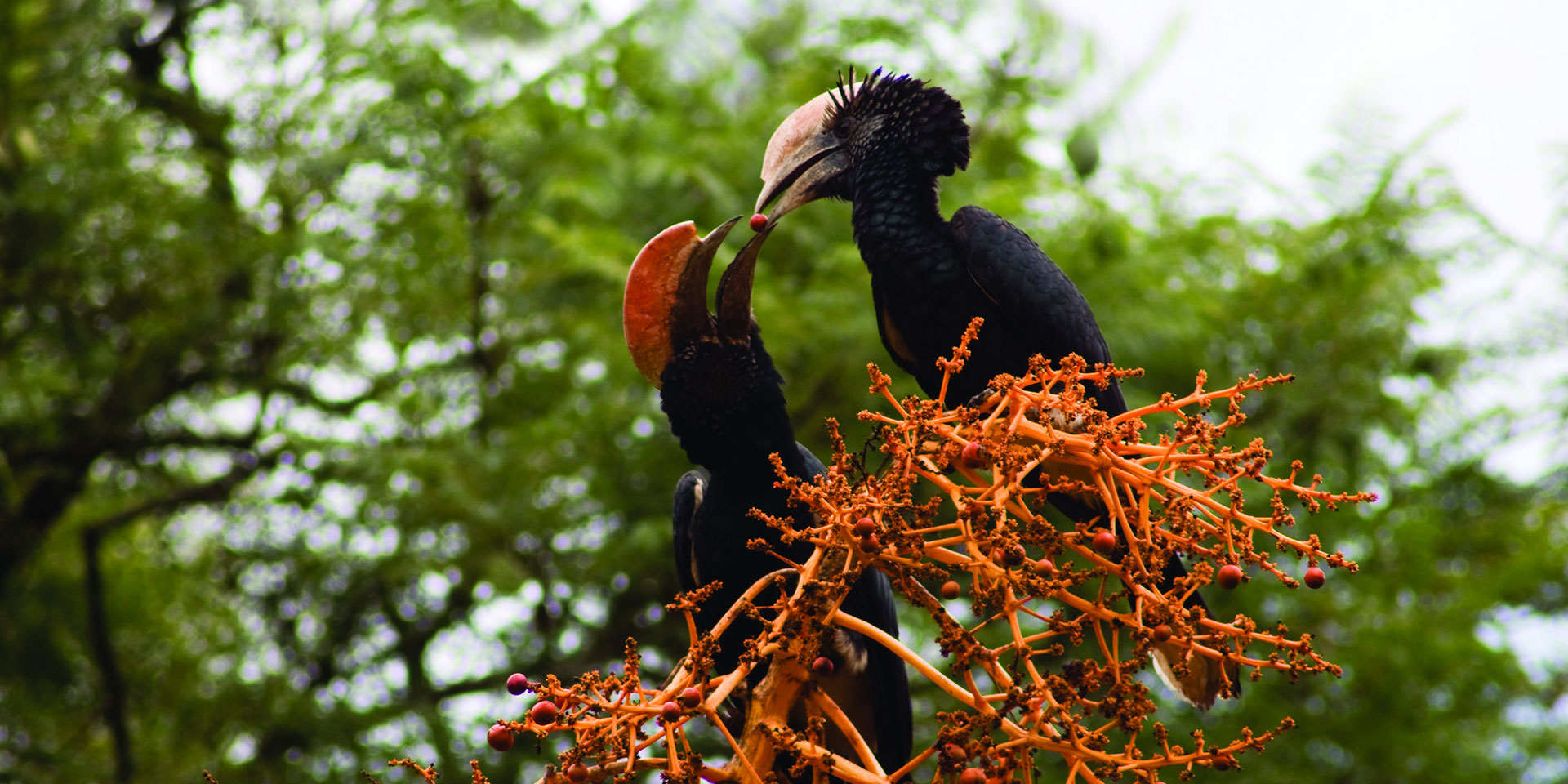
Nairobi National Park is home to numerous species of birds. Photo/ Amboseli National Park.
Birds to look out for in at the park include the globally threatened Corncrake, Red-throated Tit, Jackson’s Widowbird and Basra Reed Warbler. The park is located within the boundaries of Kenya’s capital city and is adjacent to a train station, motorway and residential housing. Since the park is in an urban surrounding, it is fenced on all sides for the protection of animals and the people in the city.
2. Paradise Lost Resort
Located in Kiambu County, Paradise Lost Resort is one of the best destinations for bird watching in and around Nairobi city. It was started in 1996 by several coffee farmers and is now a leading tourist attraction when it comes to birding.
Paradise Lost is the place to see the rare Grey-olive Greenbul and other species such as Zebra Waxbill, Black-backed Puffback, White-headed Barbet and Violet-backed Starling, among others. Apart from being a great bird watching Nairobi spot , Paradise Lost also has several coffee plantations and a big factory where birders can buy organic coffee powder and beans.
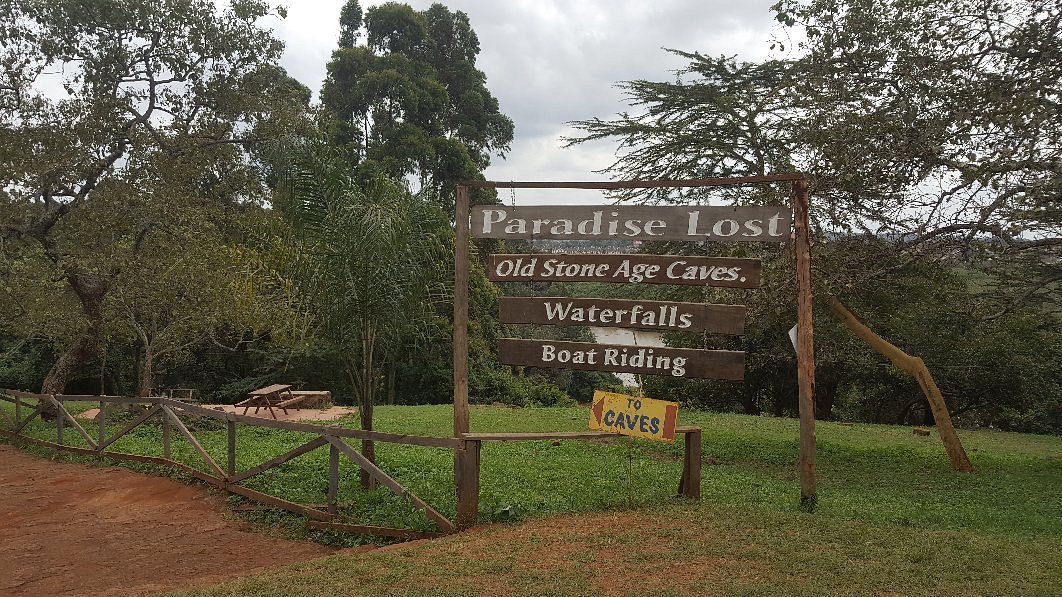
Paradise Lost Resort is an incredible birding destination. Photo/ Uzamart.
3. Ol Donyo Sabuk National Park
Located approximately 65 kilometres from Nairobi, Ol Donyo Sabuk National Park is one of the ideal bird watching destinations around Kenya’s capital city. The park covers an area of 20 square kilometres and is home to numerous endangered birds such as the white-browed sparrow weaver, augur buzzard, mourning dove and African hawk-eagle.
Apart from birds, Ol Donyo Sabuk National Park is also a destination to spot buffaloes, leopards, baboons, mongoose, monitor lizards and pythons.
4. Lake Magadi
Magadi Road is one of the famous routes used when driving through Kenya’s capital Nairobi. While driving on this route, consider taking frequent stopovers to enjoy the sights of numerous species of birds. It is 115 kilometres long and some of the birds you will spot during your birding road trip include Red-and-Yellow Barbet, Verreaux’s Eagle and Brown Snake-Eagle.
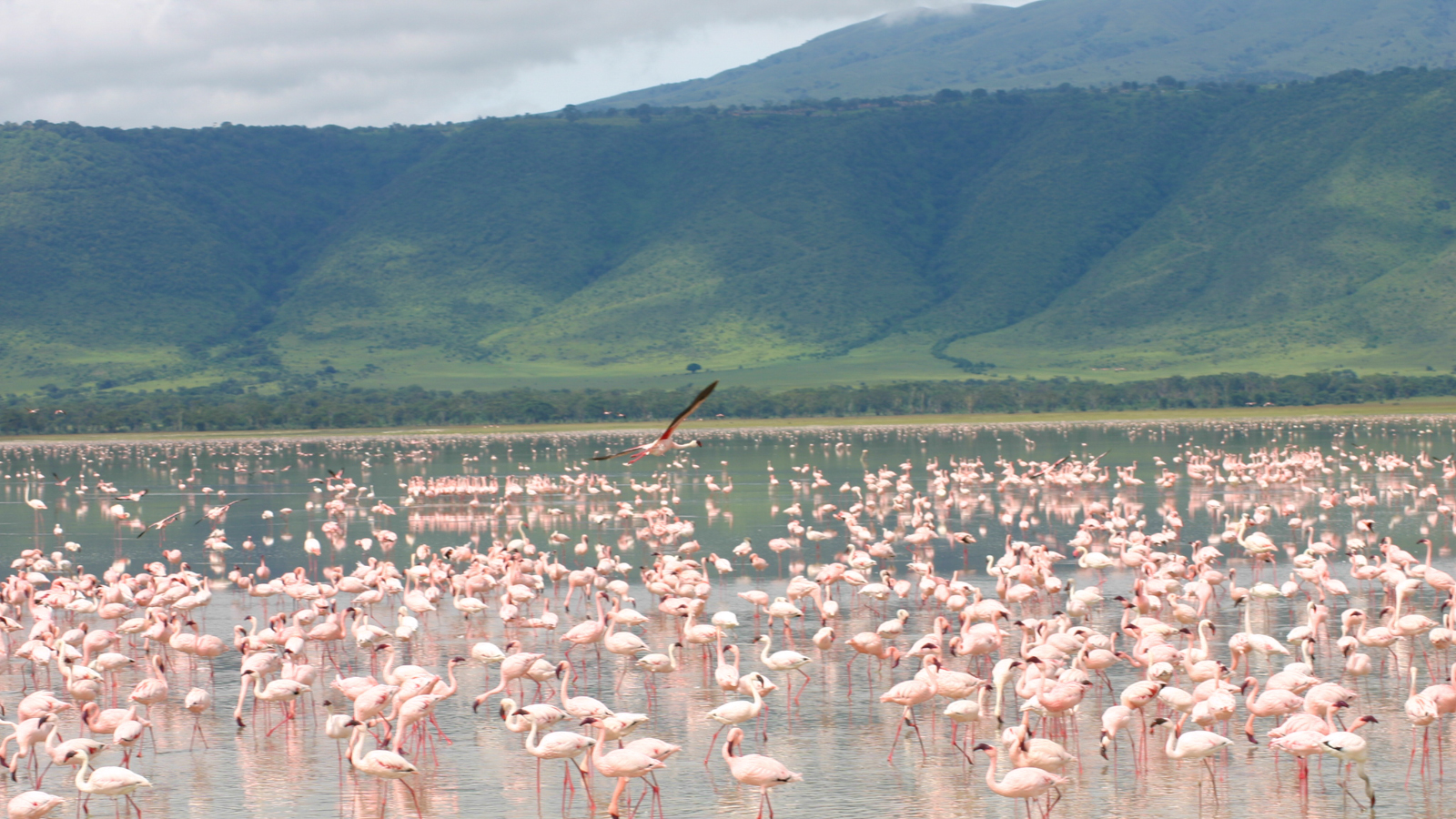
Lake Magadi is one of the best bird watching destinations around Nairobi. Photo/ Award Safaris & Tours.
5. Kinangop Grasslands & Aberdare Forest
If you are interested in seeing numerous migrant and resident birds, Kinangop & Aberdare Forest should be on your bucket list. Here, you will spot over 290 bird species on a good day, including Jackson’s Widowbird, Mountain Buzzard, Rufous-breasted Sparrowhawk and Yellow-bellied Waxbill.
The best time to do birding in Kinangop Grasslands & Aberdare Forest is from November to April. During that period, you can get the opportunity to see many birds in breeding plumage.
Where Can I See Birds in Nairobi?
Nairobi National Park is considered to be an ideal destination for those interested in watching different species of birds in Nairobi.
What Is the Best Time to Birdwatch?
Bird watching in Nairobi takes place throughout the year, but the best time is from November to April when the migrants from Europe and North Africa are present.
What Is the Best Place For Bird Watching?
- Isle of May, Scotland
- Playa Larga in Cuba
- Hawaii, US
- Isle of Mull, Scotland
- Ngorongoro Crater
What Is the Most Common Bird in Nairobi?
The most common bird you will see in our urban areas are the House Sparrows. It was introduced in Mombasa in the 1990s and first sighted in Nairobi in 1992. Females have buff superciliary stripes and wing-bars while males have a black face and throat with cheeks and sides of their necks.


